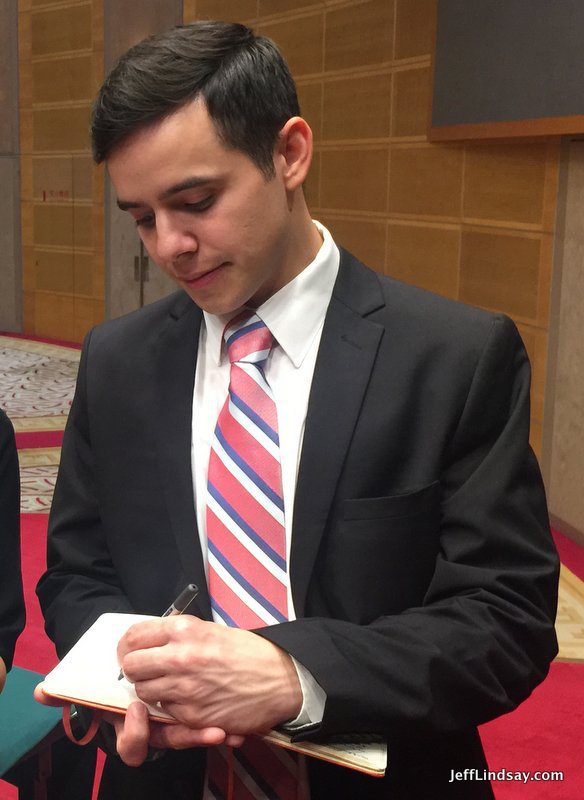S. Kent Brown’s impressive chapter, “New Light from Arabia on Lehi’s Trail” in Echoes and Evidences of the Book of Mormon is available online from the Neal Maxwell Institute (FARMS). That outstanding book, edited by Donald W. Parry, Daniel C. Peterson, and John W. Welch, is one of many online books available at the Maxwell Institute.
S. Kent Brown examines many details about Lehi’s journey through the Arabian Peninsula, making some points that should be well known to many of you, but offers many additional insights. Here is one except regarding the significance of the eastward turn in Lehi’s journey, right after the group has buried Ishmael at the ancient burial place of Nahom/Nehhem.
The most important piece in this section concerns Nephi’s note that “we did travel nearly eastward from that time forth,” after events at Nahom (1 Nephi 17:1). This geographical notice is one of the few in Nephi’s narrative, and it begs us to examine it. We first observe that, northwest of Marib, the ancient capital of the Sabean kingdom of south Arabia, almost all roads turn east, veering from the general north-south direction of the incense trail. Moreover–and we emphasize this point–the eastward bend occurs in the general area inhabited by the Nihm tribe. Joseph Smith could not have known about this eastward turn in the main incense trail. No source, ancient or contemporary, mentions it. Only a person who had traveled either near or along the trail would know that it turned eastward in this area. To be sure, the longest leg of the incense trail ran basically north-south along the upland side of the mountains of western Arabia (actually, from the north the trail held in a south-southeast direction, as Nephi said). But after passing south of Najran (modern Ukhdd, Saudi Arabia), both the main trail and several shortcuts turned eastward, all leading to Shabwah, the chief staging center for caravans in south Arabia. One spur of the trail continued farther southward to Aden. But the traffic along this section was very much less than that which went to and from Shabwah. The main trail and its spurs ran eastward, matching Nephi’s description. Wells were there, and authorities at Shabwah controlled the finest incense of the region that was coming westward from Oman, both overland and by sea. It is the only place along the incense trail where traffic ran east-west. Further, ancient laws mandated where caravans were to carry incense and other goods, keeping traffic to this east-west corridor. Neither Joseph Smith nor anyone else in his society knew these facts. But Nephi did.
I have omitted several footnotes from the text, but you’ll find them in the original. There is much, much more to be digested.
Again, I think it is vital that Latter-day Saints understand the strength of the evidence that comes from the Arabian Peninsula. There are plenty of questions, such as which of the two interesting candidates for Bountiful in Oman is the best fit – but remember, the critics used to claim (and some still do) that there couldn’t possibly be a place like Bountiful in Arabia. And now we have the luxury of debating the merits of two reasonable candidates with plush vegetation and other features from First Nephi. If our highly educated critics couldn’t figure out the plausibility of Bountiful in the twentieth century, what chance did Joseph Smith have in the early 1800s?










I love this stuff. Surprised by the lack of comments. I thought for sure someone would jump saying that there must have been a map with locations and names somewhere in Joseph Smith’s home.
Right, like the map in Jedidiah Morse’s book, which I discuss in an earlier post this month.
Looking at the Morse map, there is no way that I could see someone making that kind of stuff up, much less be accurate.